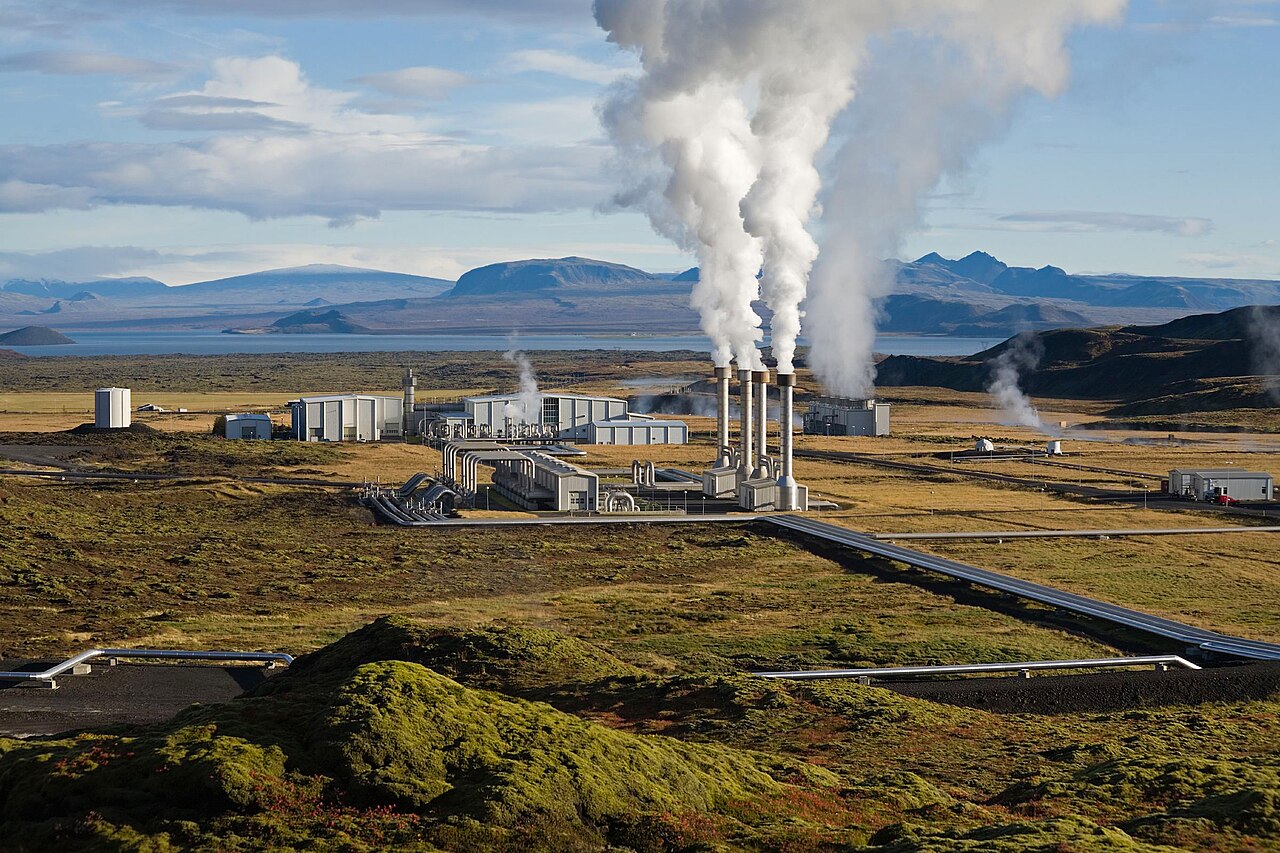CSFK researcher contributes to the European Euclid satellite project launched on July 1, mapping dark matter and dark energy in the universe
On July 1 at 17:12 CET, the Euclid satellite of the European Space Agency (ESA) began its journey towards the L2 Lagrange point of the Solar System, where it will join the Gaia space telescope and the James Webb Space Telescope. The mission's objective is to understand the nature of dark matter and dark energy, for which high-quality maps depicting the distribution of galaxies around us will be created, covering one-third of the sky. The planning and implementation of the Euclid project involves over 1,000 engineers and researchers, with contributions from several Hungarian scientists, including András Kovács of the ELKH Research Centre for Astronomy and Earth Sciences (CSFK).
One of the fundamental questions of cosmology, which studies the universe as a whole and its temporal evolution, is the identification and comprehension of the types of matter and energy that make up the cosmos, as well as the accurate tracking of the observed cosmic expansion that has occurred over billions of years. However, the situation is greatly complicated by the presence of unknown components that do not emit light and only interact through gravity. This dark matter and the even more mysterious dark energy are among the most intriguing open questions in science. In order to answer them, ESA approved the Euclid project in its current form in 2011, as a merger of two ambitious yet fundamentally different research programs. This led to the creation of a collaboration led by European institutions, capable of investigating both dark matter surrounding galaxies, which interacts with atomic matter solely through gravity, and the even more enigmatic dark energy, which can be interpreted as a property of the empty space between galaxies. Euclid's uniqueness lies in its ability to observe a large field of view with a 1.2-meter primary mirror, capturing high-resolution and exceptionally deep images of the distribution of galaxies in the distant universe. These images allow for the reconstruction of a two-dimensional map of dark matter, surpassing all previous efforts, from the subtle distortions of galaxy images through the gravitational lensing effect caused by matter. Additionally, the creation of a three-dimensional map of the more distant universe is one of the project's key objectives. The distances of the 35 million selected galaxies will be estimated by precise spectroscopic measurements of their redshift. Based on the latter map, the researchers will infer the properties of dark energy, its potential temporal variations, and its role in the currently accelerating cosmic expansion.
Since 2017, CSFK researcher András Kovács, and István Szapudi from the University of Hawaii have been involved in the work of the Euclid collaboration. This summer, as part of the Hungarian Academy of Sciences (MTA) Distinguished Guest Scientists Fellowship Programme, they will focus not only on refining existing simulation methods but also on analysing the very first Euclid data. Collaborating with Gábor Rácz, who works on simulating Euclid data at the Jet Propulsion Laboratory (JPL) in California, the researchers aim to identify the largest cosmic galaxy structures on scales spanning billions of light-years using Euclid's data. This will enable the study of the cosmic repulsive effect of dark energy in the most extreme superclusters containing thousands of galaxies, as well as in void regions containing galaxies only sporadically. This is also the main research goal of the MTA-CSFK Momentum Large-Scale Structure Research Group operating at the Konkoly Thege Miklós Astronomical Institute of CSFK.
The collaboration plans to maintain data collection for six years, and numerous exciting discoveries are expected, not only in the context of the dark universe but also in the study of supermassive black holes at the centers of galaxies or the morphology of galaxies spanning billions of years. The Euclid satellite was launched on July 1 at 17:12 CET from the Cape Canaveral Space Center in Florida. The recording of the live broadcast of the event can be viewed on the YouTube channel of the Svábhegyi Observatory. As the host of the event, Olivér Norton Szabó, a demonstrator at CSFK, engaged in a conversation with András Kovács, providing further information about Euclid’s scientific program as well as plans for future Hungarian contributions in the data analysis, that will start in about three months after the completion of the initial calibration period.

